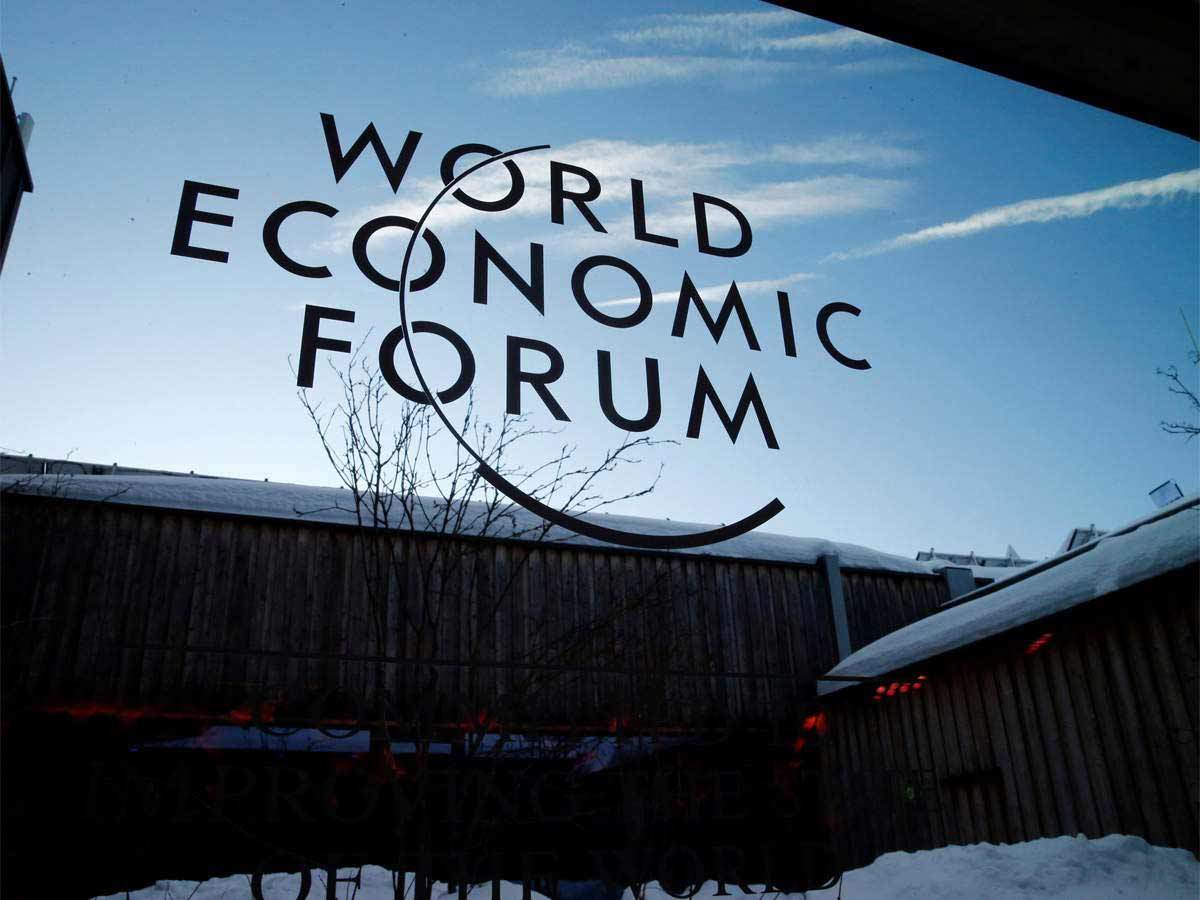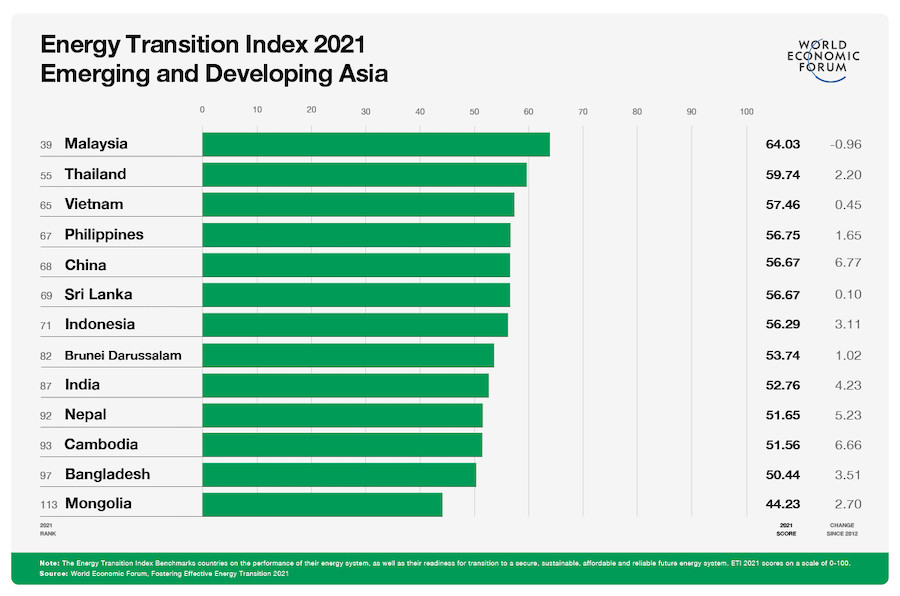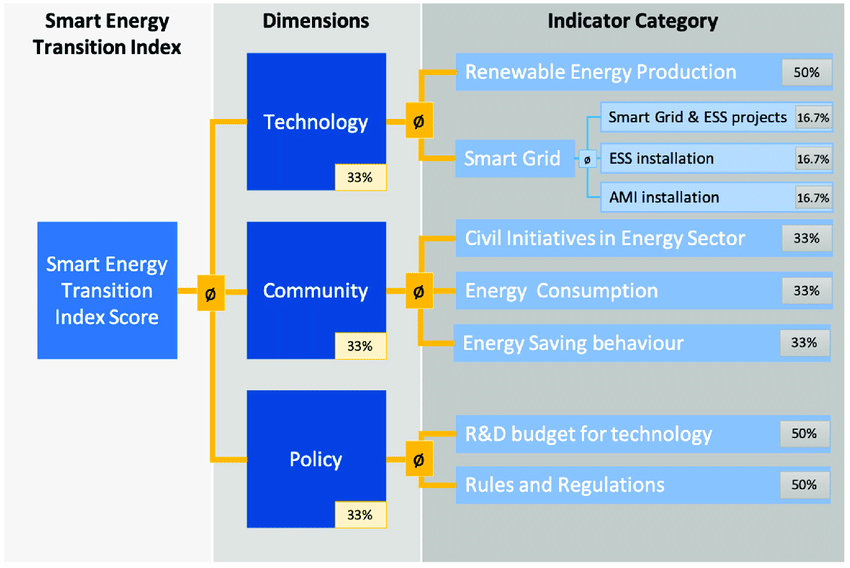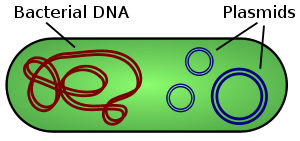The article highlights the issues facing the judiciary in India and emphasises the need for addressing these issues.
Separating judiciary from the executive
- Today, the judiciary, especially the SC, is called upon to decide a large number of cases in which the government has a direct interest.
- These can be politically sensitive cases too.
- The framers of the Constitution understood the importance of the oath of office of judges of the Supreme Court of India (SC) and carefully designed its language.
- The words, “without fear or favour” to “uphold the constitution and the laws” are extremely significant and stress the need for a fiercely independent court.
- Article 50 of the Constitution provides: “The State shall take steps to separate the judiciary from the executive in the public services of the State.”
Master of roaster issue
- The Chief Justice of India is the first amongst the equals but by the virtue of his office assumes significant powers as the Master of the Roster to constitute benches and allocate matters.
- The SC has re-affirmed this position in a rather disappointing decision in Campaign for Judicial Accountability and Reforms v. Union of India, (2018).
- The result has been catastrophic.
- Many matters were either treated casually or deflected for no reason from serious hearing.
Accountability from legislature and executive
- The SC is expected to seek strict accountability from the legislature and executive and any infraction of the Constitution and laws must be corrected.
- Yet, this is not happening.
- A country of billion-plus needs its highest court to stand for the people, not seemingly for the executive of the day.
Inherent and fundamental challenges
- The judiciary is besieged by inherent and fundamental challenges.
- Millions of pending cases, quality of judges and their decisions, organisational issues and its integrity and impartiality, need urgent attention.
- Yet, in the last two decades precious little has been done.
- Justice is eluding the common man, including the vulnerable sections of society.
Way forward
- The new Chief Justice must seriously introspect and free himself of the bias in constituting benches and allocating cases and take concrete steps to revitalise the administration of justice.
- Only then will the rule of law be restored and the Constitution served.
Consider the question “Examine the inherent and fundamental challenges faced by the judiciary in India. Suggest the measures to deal with these challenges.”
Conclusion
The Chief Justice of India on account of the position he holds as paterfamilias of the judicial fraternity, was suspected by none other than Dr B R Ambedkar. Let us hope the new Chief Justice makes serious efforts to prove otherwise.

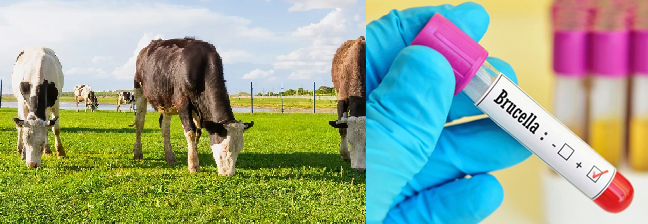
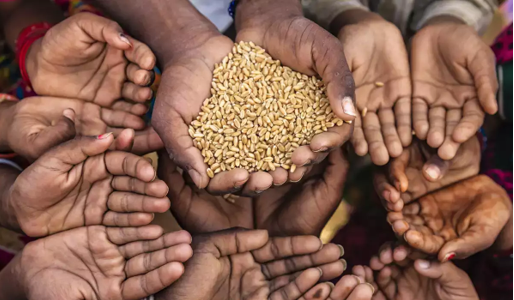
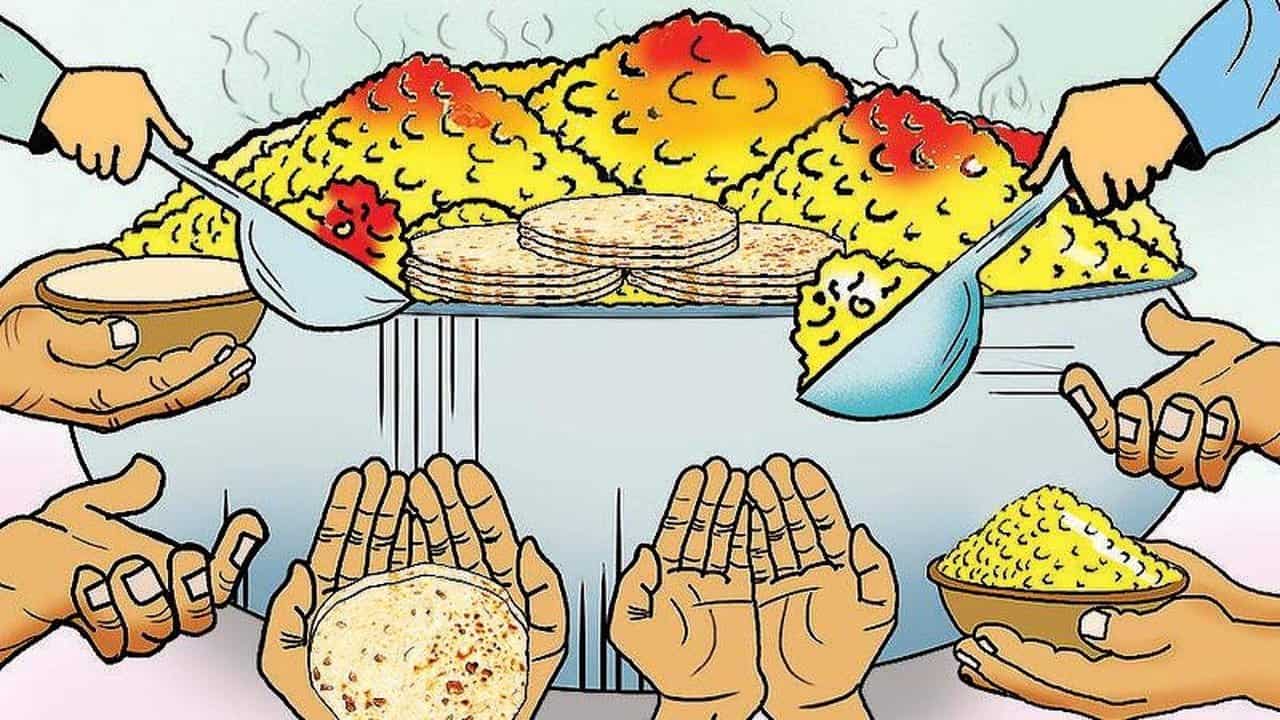
.jpg?ext=.jpg)
